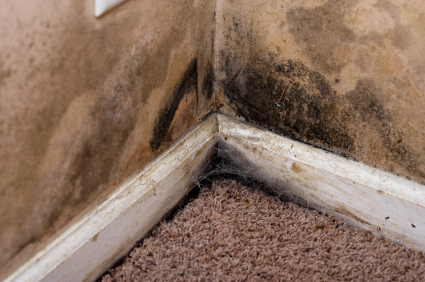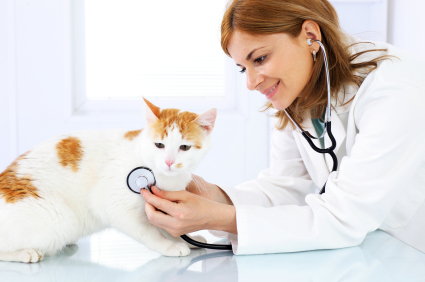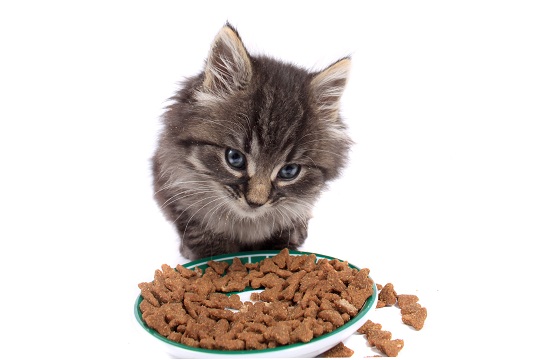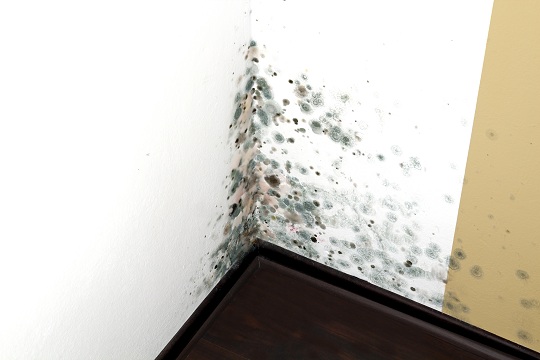Mold forms in different colors, sizes, and even shapes. While mold has an important role to play in our ecosystem, it’s not something you want building up in your home. Not only does it contribute to allergies and other respiratory illnesses, it can also cause damage in your home. Learning how to spot common household molds will help you to effectively address a mold problem in your home.
Here are the most common types of household mold:
Penicillium – This is perhaps the most recognizable of all common household molds because we often see it growing on rotting food. It has a fuzzy appearance and can be green, blue, or white in color. If you happen to eat food infected with Penicillium, you can experience terrible gastric irritation. Also, the airborne allergenic spores can cause symptoms like watery eyes, nasal congestion, and coughing.
To prevent problems with Penicillium in your household, pay attention to the food you have at home, especially fruit. Throw out any food that has started to spoil.
Cladosporium – You will find this type of mold in dark, damp environments. Toilets are typical breeding grounds for Cladosporium. It is black, small, and looks like ground pepper.
While it is not toxic to humans, Cladosporium can cause serious allergy and asthma attacks. Anyone suffering from these conditions or having a sensitive immune system should avoid coming into contact with this mold. To clean surfaces infected with this mold, scrub briskly with bleach, then wipe completely dry.
Aspergillus – this mold grows fast and often appears in water-damaged areas like flooded basements. It can also be present in dirty air conditioning systems and starchy food. There are hundreds of Aspergillus mold species and their colors vary. This mold has a powder-like texture.
Aspergillus is not only one of the most common household molds; it’s also one of the most dangerous. Aside from triggering unpleasant allergy symptoms like rashes, sore throat, and watery eyes, Aspergillus is known to produce the deadly carcinogen aflatoxin.
If Aspergillus is present in your home, destroy it with bleach, and make sure you wear proper safety gear including gloves and a mask.
Stachybotrys – Sometimes called the black mold, Stachybotrys is very toxic to humans because it carries mycotoxins which can cause various conditions from respiratory illnesses and nausea to hemorrhage and internal organ damage.
Stachybotrys is greenish-black and has a gelatinous texture but will appear like dry powder if there is no water source in its surroundings. If you find black mold in your home, it may or may not be Stachybotrys. It is best to have an expert examine it.
Need Help with Household Mold?
If you have any of these common household molds present at home, get the help of mold remediation experts. Seva Call is an expert in matching up service professionals with the people who need them. Try our free service now, and get connected with cleaning professionals in your area!











